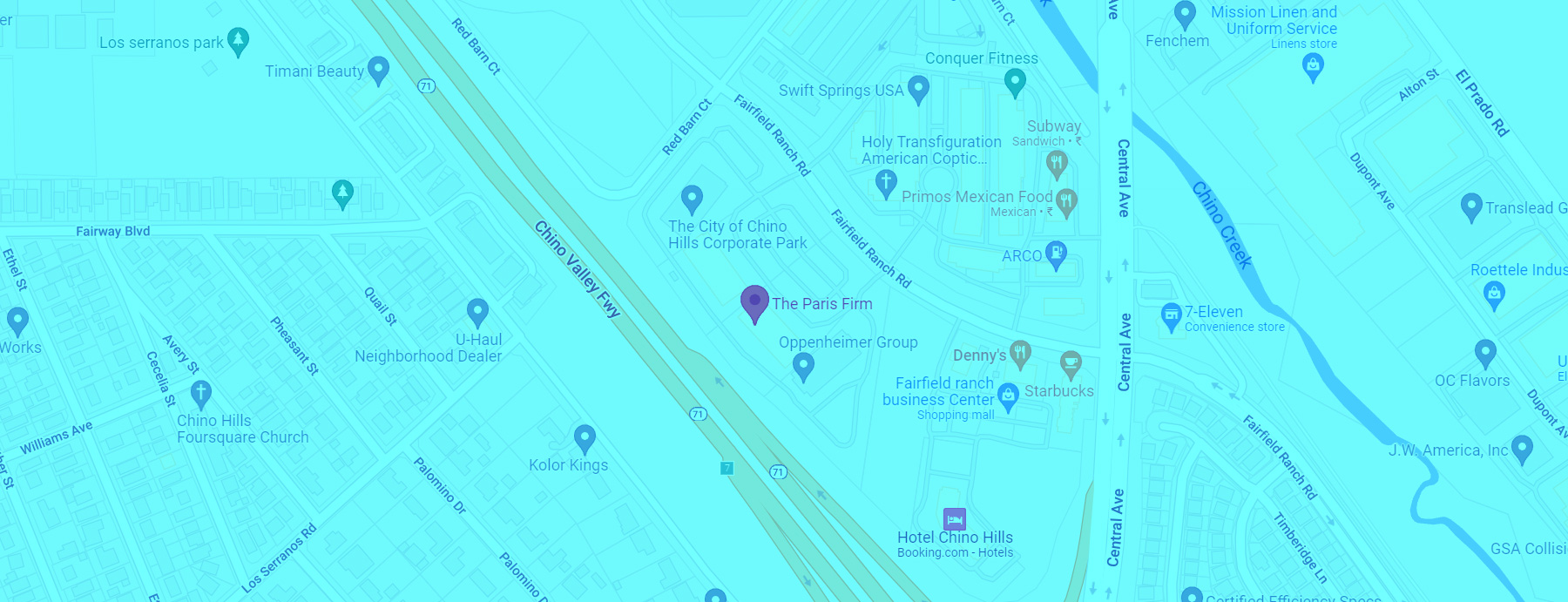What Exactly Is Comparative Negligence?
In personal injury cases, there’s often confusion surrounding the concept of comparative negligence. People hurt in accidents frequently wonder how fault is assigned, especially when multiple parties could be involved in causing harm. In essence, comparative negligence is a legal principle used to determine how fault is shared between the parties involved in an accident. If someone else is at fault for injuring you, you may think they are 100% at fault, but in many cases, both parties share some degree of responsibility for what happened. California uses what’s called “pure comparative negligence” to calculate the amount of compensation each party can receive.
In a personal injury case, if you are found partially responsible for your injury, your compensation will be reduced in proportion to your percentage of fault. The pure comparative negligence system is unique in that you can still recover damages even if you’re found mostly at fault for the incident. This means that even if you were mostly responsible for an accident, you could still receive some compensation for your damages. If, for example, you’re in a car accident, and the other driver runs a red light, but you are also speeding. The court will evaluate how much each party’s actions contributed to the crash. If it’s determined that another driver was 70% at fault and your fault was 30%, you would still be entitled to 70% of the damages.
In California, the use of comparative negligence in personal injury cases is an essential part of ensuring fair and just outcomes. It allows for a nuanced approach to a fault, recognizing that accidents are rarely clear-cut and multiple factors can contribute to the injury. However, this makes it harder for an individual to manage an incident alone. A skilled personal injury lawyer can help you organize a plan of action to maximize the compensation you can receive. At The Paris Firm, our team has years of experience dealing with personal injury cases and is ready to defend your right to compensation for damages suffered. Call us today at 909-325-6185 for a free case evaluation.
How Does Comparative Negligence Affect Negotiation?
One of the most critical places where comparative negligence impacts settlement negotiations is. Insurance companies and lawyers rely on comparative negligence to determine the appropriate settlement amount. When both parties share fault, the negotiations become more complex because both sides want to ensure that the apportionment of blame is as favorable to them as possible. For example, if you’re seeking compensation from the other driver for a car accident but were found to be partially at fault, the defense will likely argue that your portion of responsibility should result in a lower settlement. Insurance companies will work to gather evidence, such as witness statements, police reports, and medical records, all of which help determine the percentage of fault each party should bear. It’s common for both sides to bring in experts who can analyze the details of the accident, whether it’s a car crash or a slip-and-fall, and make their case on how blame should be shared.
The negotiations could also be influenced by other factors, like the potential costs of going to trial or the evidence available for the case. The parties involved negotiate settlements in many cases, but it can change depending on the circumstances of the accident. However, comparative negligence often means that settlements are not straightforward. The process can become more time-consuming as both sides seek to achieve the most favorable outcome possible, knowing that every percentage of fault could directly impact the settlement figure. For more resources on how court trials handle comparative negligence cases, the Judicial Branch of California’s website has detailed information on this topic.
Inusrance Companies and Comparative Negligence
Insurance companies are a significant factor in personal injury cases. When comparative negligence is involved, they often need to determine how fault is assigned and how damages are allocated. These factors can affect how much money an injured person ultimately receives. In California, most insurance companies will evaluate fault as part of the claims process. They will review the facts of the accident, interview witnesses, assess police reports, and gather other evidence to determine who was at fault and to what extent. Based on this evaluation, the insurance company may offer a settlement.
It’s essential to remember that insurance companies have a financial interest in minimizing their payouts. They may try to shift more blame onto you to reduce the amount they need to pay. For this reason, it’s crucial to work with an experienced personal injury or car accident attorney who can advocate on your behalf. Your attorney will ensure that your percentage of fault is pretty assessed and that you receive the maximum compensation possible under the law.
The Best Way Forward
If you find yourself involved in a personal injury case, whether as the victim or the accused, consulting with an experienced attorney is essential. A skilled lawyer can help you navigate the complexities of comparative negligence, protect your interests, and ensure that you receive fair compensation for your injuries. Knowing how comparative negligence works gives you a clearer idea of what to expect in court or during settlement discussions. At The Paris Firm, we want to help our clients reach a fair settlement for their damages. We understand these can be life-changing circumstances. Call us today for a free case evaluation at 909-325-6185 or visit our home page.












